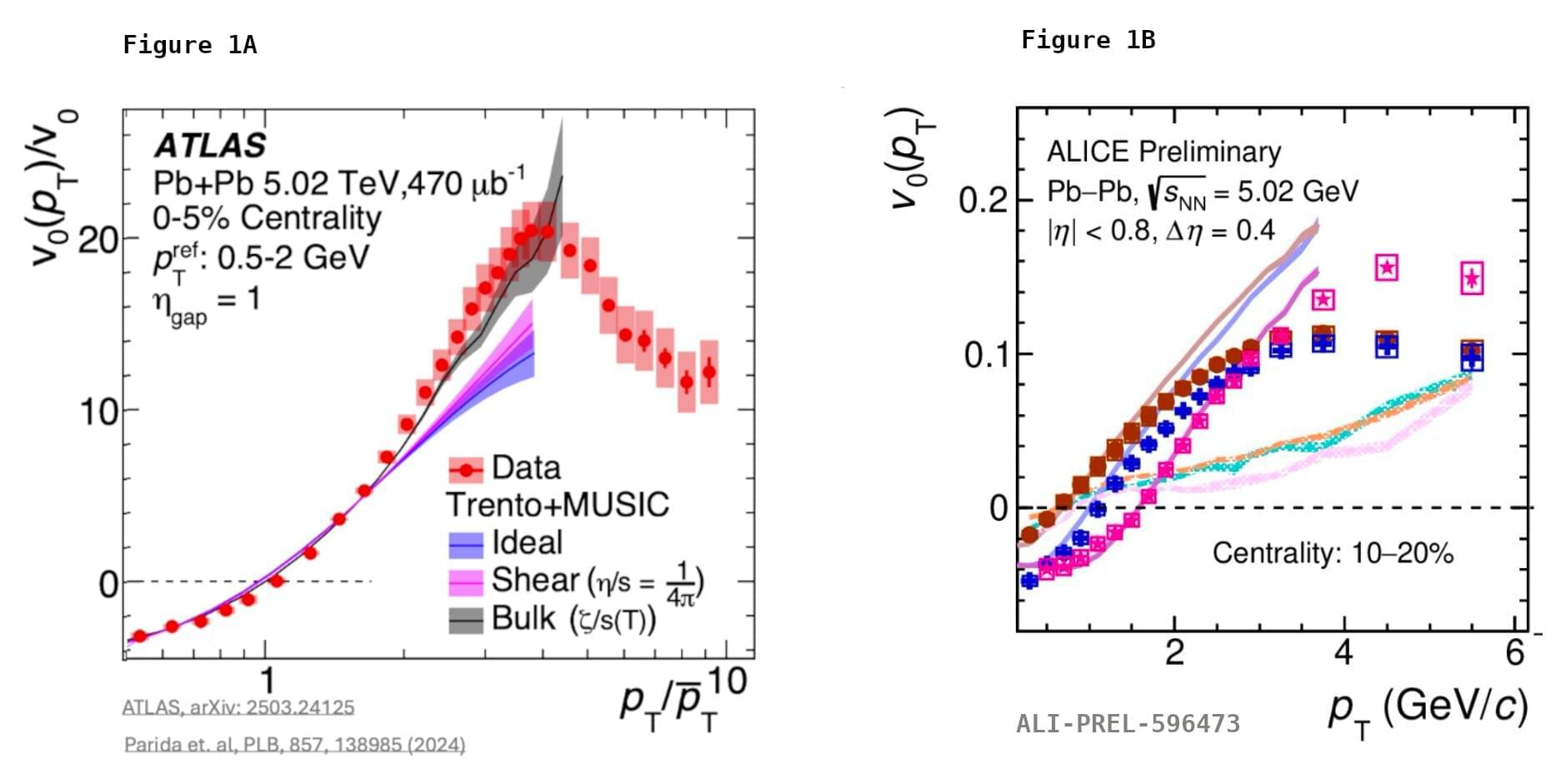At CERN’s Large Hadron Collider (LHC), lead atom nuclei, accelerated in opposite directions, collide at speeds close to the speed of light. In such scattering processes, the quarks and gluons that make up these nuclei collide, creating other quarks and gluons, produced by the fundamental interaction known as the “strong interaction.” The number of particles created is around one hundred times greater than the initial number.
As the particles created are numerous and interact strongly with one another, emergent phenomena arise: the whole is more than the sum of its parts. More precisely, the 30,000 or so created particles form a fluid (with droplets of femtoscopic size, 10-14 m), where their individuality disappears.
This description has the advantage of simplicity, as the fluid is characterized by a handful of parameters: temperature (about 2,500 billion degrees) and velocity.
